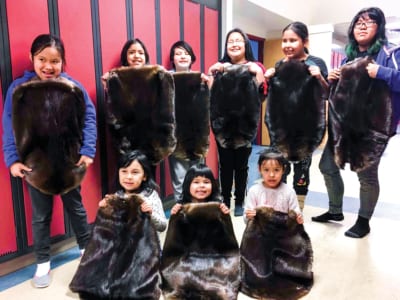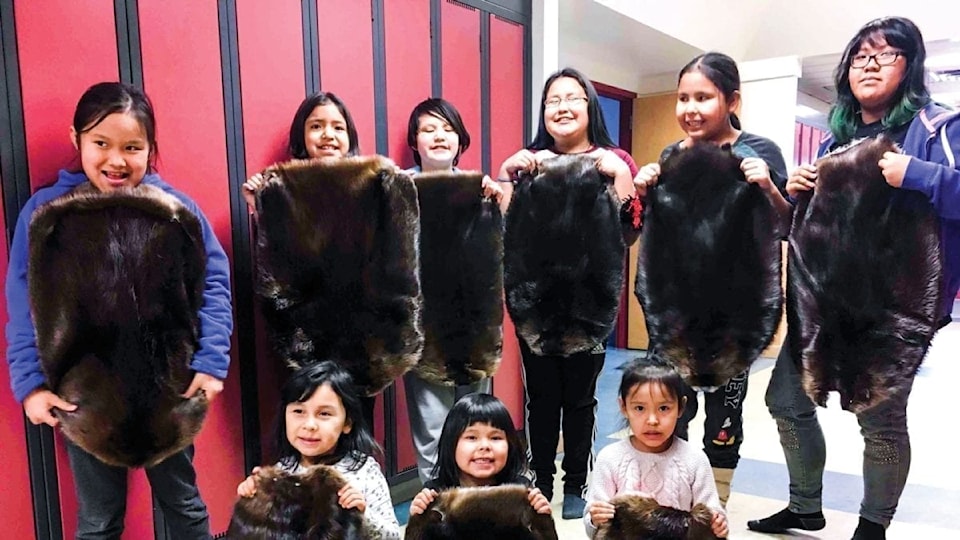A lot has happened since rules governing the humane harvest of fur-bearing animals became the law of the land.
Canada took about two years to ratify the 1997 Agreement on International Humane Trapping Standards (AIHTS). But the Fur Institute of Canada, an industry advocate group representing trappers of all stripes, maintains harvesters here have led the "international development and implementation of trapping systems that continue to improve animal welfare." According to their website, fur.ca, $58 million has been invested in trapping research and development in Canada since 1983.

NNSL file photo
The 2007-08 trapping season was the first the rules in that global convention became law, yet more than a decade later, the fur industry is still having to defend itself, including from a pair of Elizabeths this country knows well.
This year, Green Party Leader Elizabeth May and Queen Elizabeth II took aim at the industry with the Vancouver Island politician renewing her well-established opposition to the commercial seal hunt and the regent announcing her garments would no longer be made with fur (Buckingham Palace said she'd keep wearing pieces already in her wardrobe).
May was called out by Nunavut singer-songwriter Tanya Tagaq and others as a hypocrite for claiming to support Indigenous rights while opposing the commercial hunt. May said she supports Inuit harvesting and wants to create a system that would label pelts as sustainably harvested, but filmmaker Alethea Arnaquq-Baril argues that the Greens are creating a false distinction between commercial and subsistence harvesters because most commercial fur traders are also Indigenous Northerners.
This isn't the 1700s anymore in what is now Nunavut or the Northwest Territories. There may not be a beaver fur hat on every head in sight, but fur trapping in the NWT remains a popular pastime, a traditional practice that pulls people out on to the land and an important source of revenue in communities starving for economic opportunities, however modest.
In 2015 then-Premier Bob McLeod led a trade mission to China and Japan which focused on tourism, mentioning wild fur pelts only in passing, as a way to keep warm while watching the aurora. Tourism from Asia is an important and growing economic force in the NWT but failing to fawn more over fur was a missed opportunity. How much do tourists know about the quality of Northwest Territories fur and where to buy it before they leave home?
There is a story behind every pelt ethically harvested in the NWT, and part of it includes the important distinction between an Indigenous trap line in the Sahtu and a fur farm in Ontario. In spite of the slurs against it, the global fur industry still sees tens of billions of dollars change hands each year.
The NWT is a fur trapping leader in this regard and ours is an industry whose praises should be sung far and wide.
If the GNWT can develop a brand for diamonds the same should be done for NWT furs. No one in the NWT gets rich trapping furs but in a territory lacking opportunities, particularly smaller communities, fur harvesting is one industry that should be protected and encouraged.
